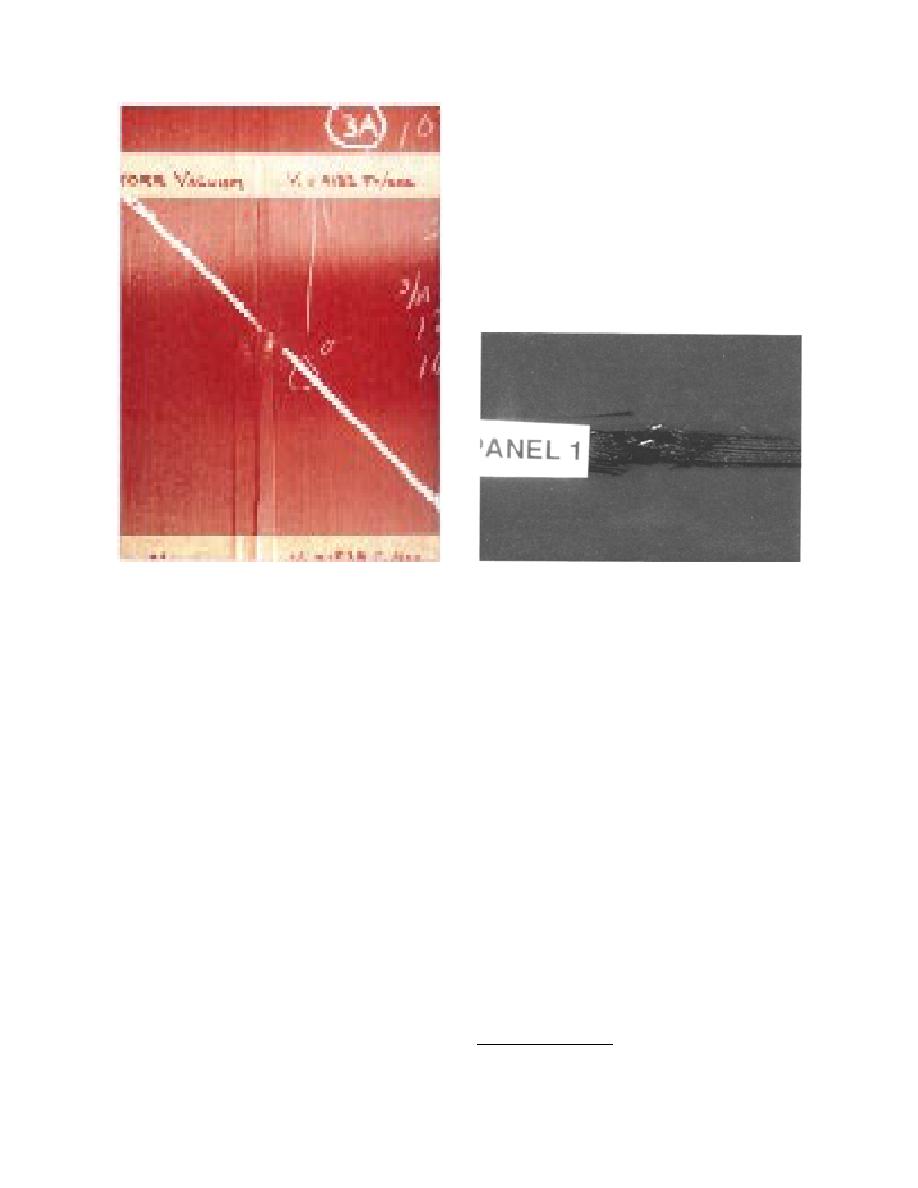
Figure 3. Typical specimen of the unidirectional Gr/Ep
Figure 4. Section of a 30-ply Gr/Ep panel through the
specimen after test.
perforation.
DAMAGE ANALYSIS
performed at the U.S. Air Force Wright Labora-
The damage in the unidirectional laminate was
tory ∗ show that the V50 velocities for this type of
simple to interpret. Because of severe anisotropy
laminates would be about 137 m/s [450 ft/s].)
of the stiffness and strength properties, only lon-
Nevertheless, damage by delamination and fiber
gitudinal cracks in fiber direction propagated. The
breakage did happen as evident from the slight
primary failure in the impact zone was obviously
bulging of the rear surface and an ultrasonic scan-
indentation followed by fiber breakage, delami-
ning (C-scan) examination performed on this lam-
nation, and finally shear plugging. Numerous lon-
inate. At velocities around V50 a typical damage
gitudinal cracks split the specimens in a large num-
looks like the one shown in Figure 6b, which was
ber of longitudinal strips (Fig. 3). Figure 5 shows
obtained at 151 m/s (496 ft/s). The perforation was
the effects of velocity on the damage process of
complete in this case. The high velocity (975-m/s,
the unidirectional Gr/Ep. Notice that the shear
3200-ft/s) perforation type damage on these lam-
plug-out hole for the high-velocity impact (approx.
inate was rather extensive. Figure 4 shows a cut-
4500 ft/s or 1400 m/s) has a much cleaner outline
out section through the perforation hole of the high
(Fig. 5a) than the one at lower velocity (Fig. 5b). It
velocity impact. The cutout was carefully made
seems likely that at higher velocities more momen-
without disturbing the positions of broken lami-
tum is trapped in the shear plug than at low ve-
na and fibers. Notice that the damages on both
locities. At lower velocities the fibers break upon
impact and exit sides are more extensive than at
impact of the projectile, and then flex with shear
the center. Delamination damage is more in the
failures propagating longitudinally to the bound-
rear side, whereas the impact end has more crush-
aries of the specimens.
ing and fiber breakage.
Figure 6a shows a very low velocity (88.4-m/s,
291-ft/s) impact of the steel ball on the 30-ply Gr/
Ep laminate. The energy of impact in this case was
* A. Mayer, U.S. Air Force Wright Laboratory, personal com-
not sufficient to cause perforation. (Ballistic tests
munication, 1992
4



 Previous Page
Previous Page
